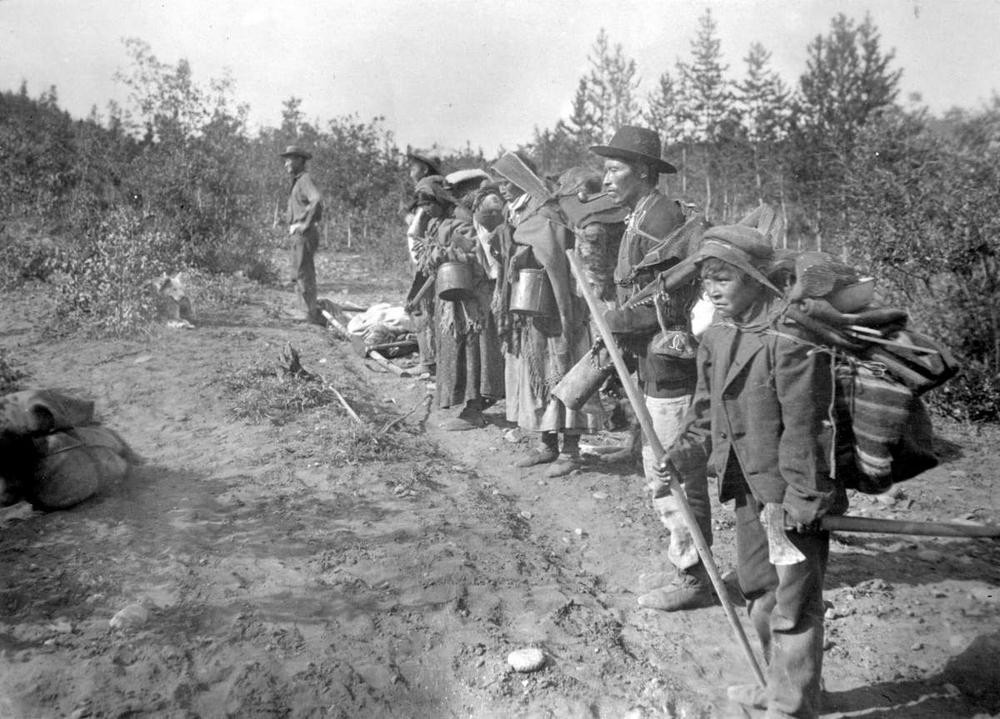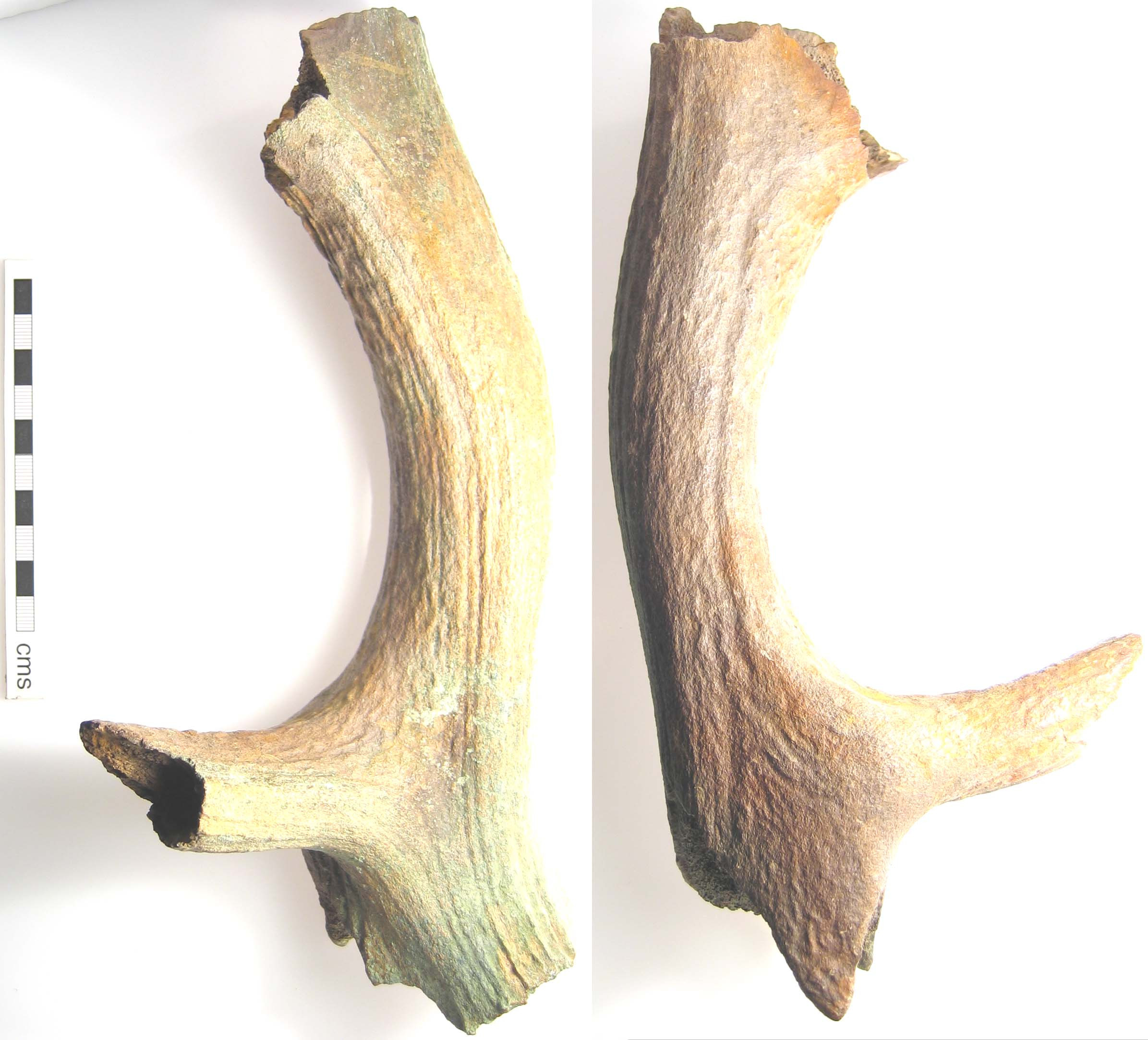High in the frozen wilderness of British Columbia, archaeologists have uncovered a 5,300-year-old antler ice pick that offers a rare window into the harsh realities of ancient life. The discovery sheds light on how prehistoric hunters adapted to glacial conditions, relying on ingenuity, resourcefulness, and durable tools to survive the unforgiving terrain of early North America.
Discovered In Melting Ice Fields
The artifact was found in a melting ice patch during a summer field survey in Mount Edziza Provincial Park in the Tahltan ancestral territory. As global temperatures rise, retreating glaciers and snowfields are exposing artifacts entombed in ice for millennia. The object found was a carefully shaped antler implement. This served as an ice pick likely used for navigating treacherous terrain or extracting frozen resources.
A Tool Forged From Nature
Crafted from caribou antler, the ice pick displays a high degree of craftsmanship. Its pointed end was likely hardened through shaping and possibly heat treatment, allowing it to chip into ice or snowpack. The tool’s design suggests its use for maintaining footing on slick surfaces or cutting into glacier ice to retrieve water, food, or to access trapped animals.
The Tahltan Connection
The area where the ice pick was found lies in the traditional territories of the Tahltan Nation. Elders and knowledge keepers have long spoken of their ancestors’ presence in these mountainous regions, and the tool is confirmation of those oral histories. This discovery strengthens the link between modern Indigenous communities and their ancient ancestors.
 Andrew Jackson Stone, Wikimedia Commons
Andrew Jackson Stone, Wikimedia Commons
Survival In A Frozen World
Life in glacial regions thousands of years ago demanded specialized survival strategies. Hunters needed to track game across icy landscapes, find shelter from freezing temperatures, and melt ice for drinking water. The antler ice pick is evidence of those survival skills, adapted for hunting, and survival in the elements.
Seasonal Hunting Expeditions
Archaeologists believe the tool may have been used during seasonal hunting trips to high-elevation areas where caribou and other game migrated in summer. Expeditions would have required lightweight but effective gear. The ice pick could have served multiple roles: probing ice for stability, helping with climbing, or building snow shelters.
Insights From Radiocarbon Dating
Carbon dating of surrounding organic material confirmed the artifact’s age at about 5,300 years old, placing it in the late Archaic period. This predates the construction of Egypt’s Great Pyramids and aligns with a time of rapid cultural adaptation in the Americas, when Indigenous groups developed new tools and social structures to adapt to changing climates.
 West Berkshire, Kate Sutton, 2005-11-15 16:23:56, Wikimedia Commons
West Berkshire, Kate Sutton, 2005-11-15 16:23:56, Wikimedia Commons
Preservation In Ice
The artifact owes its remarkable preservation to its frozen resting place. Organic materials like antler and wood typically decay rapidly, but ice provides a natural time capsule. Similar discoveries in other parts of North America such as Yukon and Alaska have produced equally ancient items, though each new find expands our understanding of early North American life.
Ethical Collaboration In Archaeology
The discovery was made through a partnership between provincial archaeologists and the Tahltan Nation. These efforts ensure that artifacts are handled with cultural sensitivity and that findings are shared for the benefit of both science and community heritage. The Tahltan stress the value of returning the tool to their community and using it for educational purposes.
Expanding The Historical Record
This antler ice pick was a handy tool, offering clues to how ancient people survived in one of the harshest environments on Earth. It challenges the notion that early humans avoided glacial regions. Instead, it supports growing evidence that our ancestors not only ventured into these areas, but developed practical solutions in order to thrive there.

History's most fascinating stories and darkest secrets, delivered to your inbox daily.
Innovation At The Edge Of The Ice
The 5,300-year-old antler ice pick discovered in Mount Edziza Provincial Park is a rare and evocative artifact. It captures the resilience and innovation of prehistoric hunters who braved harsh winters armed with only their wits and handmade tools. As ice fields recede, they may yield more evidence to confirm the ingenuity of early humans in nature’s toughest conditions.
You May Also Like:
Bizarre And Disturbing Facts About The Ancient World













